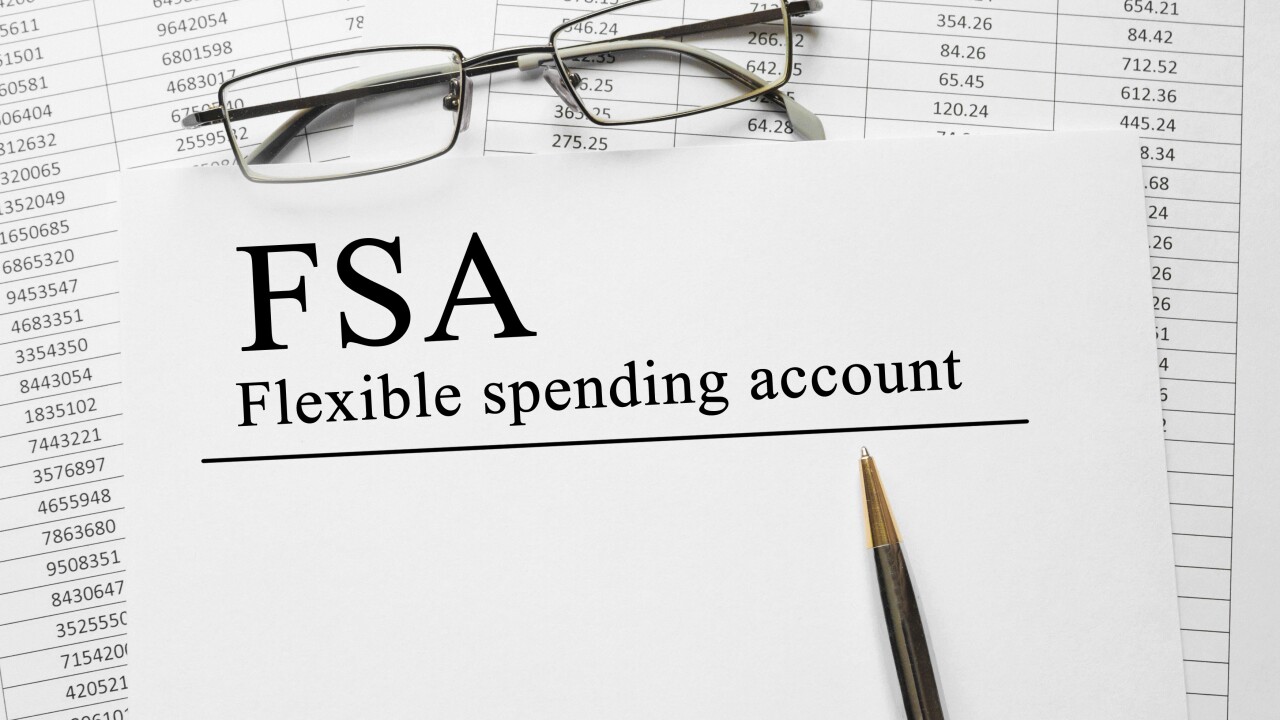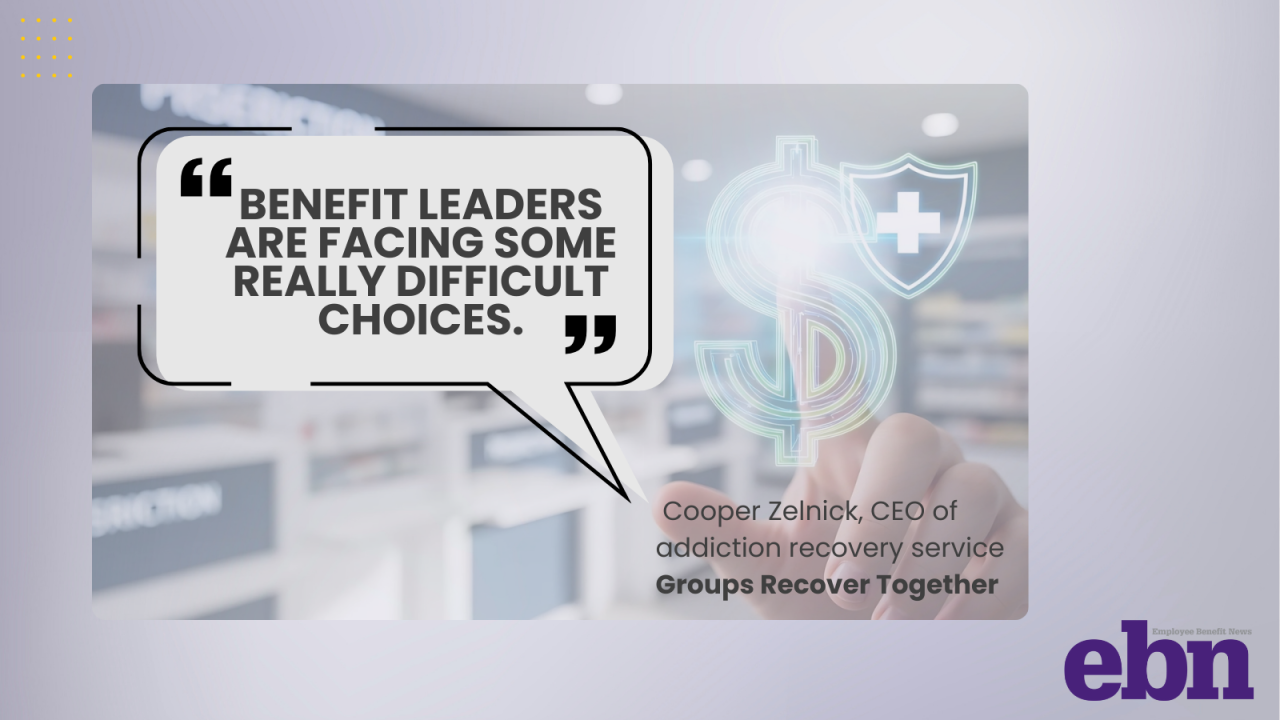There's more to lunch than shoveling down a sandwich and getting back to work. And many employees are
In a survey of 5,000 full-time employees, corporate meal delivery platform ezCater found that 98% said
"The majority said they don't want to take a break because it impacts productivity," says Kaushik Subramanian, chief revenue officer at ezCater. "They want to take a break, but they are challenged. So how do you make it easy and convenient for people?"
Read more:
Everyone gets busy, so this is bound to happen on occasion, but the reasons given by respondents point to deeper issues within the workplace. Nearly a quarter said they fear not having enough time to complete their work, 19% said they have too many meetings, and 11% said they feel guilty about taking a break.
Fear and guilt should not define someone's work habits. If workforce wellness and company culture are priorities, employers may need to reinforce the value of taking the time to recharge during the day, says Subramanian.
The survey further revealed a financial obstacle: 78% of respondents said inflation has impacted their lunch routine, including 31% purchasing fewer meals. To alleviate some of the financial challenges employees are facing, Subramanian points out that perks such as a meal subsidy program and employer-sponsored lunches can go a long way.
Read more:
When employers partner with ezCater, they have the option to provide lunch with employees' pre-specified food choices, designate a certain amount of money workers can use for lunch at their discretion or just have it as a resource for workers to use on their own. Providing lunch is a great way to get coworkers to connect, which research shows enhances productivity versus when employees eat alone.
The employee population being hit the hardest by the skipping-lunch trend is Gen Z, who ranked as the group most concerned about taking time away from daily tasks. Ironically, they were also the group most likely to block out time on their calendar for lunch — 50% reported this is their favorite part of the workday — but said things like last-minute meetings commonly interfere. Subramanian points out that by taking lunch breaks themselves, leaders can thwart the trend of skipping lunch for their workforce, especially for this younger group.
"It's helpful for senior leaders to [show] it's okay to take that break and interact with your colleagues, and that also sets an example, especially for this emerging employee base," he says. "[As] more of Gen Z enter the workforce, it is more and more critical for employers to make some conscious choices around how we set up various avenues for them to recharge and take those breaks."
Read more:
To encourage all employees to set aside more time for lunch, Subramanian suggests adding a designated break into their calendars, reminding them to make it a priority. He also stresses the need to set up areas where people feel comfortable gathering or seeking out some quiet time while they eat.
"You want to empower employees to choose what they would like to [do]," he says. "Making it easy and accessible for them is an important part, and giving them a number of tools goes a long way in making that happen."






